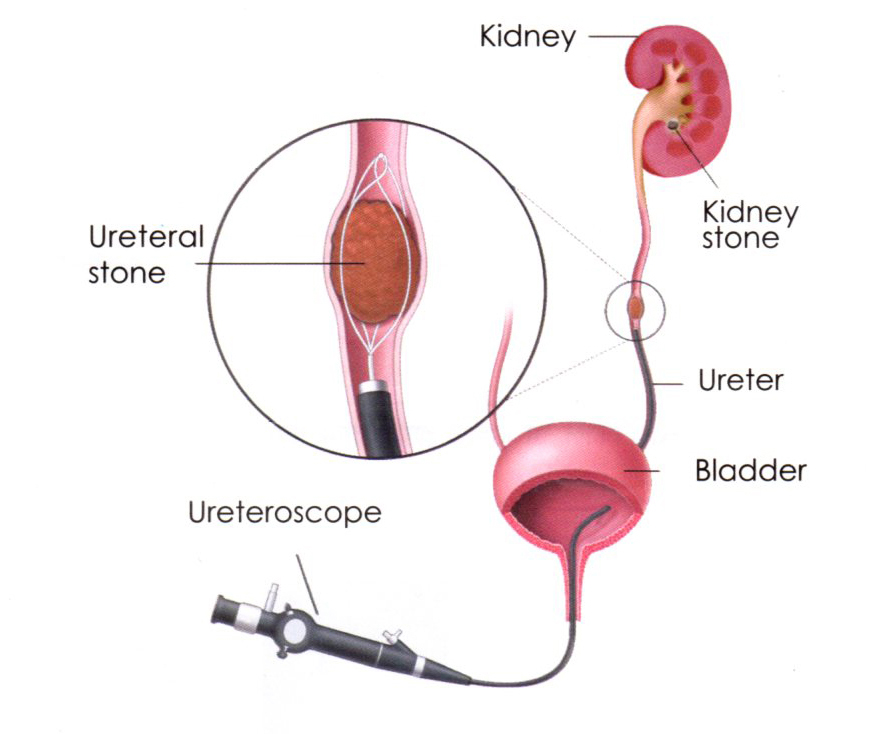Now available at Breach Candy Hospital on Wednesdays 07:00 pm to 08:00 pm


Dr. Dilip Raja
Urologist & Andrologist
EndoUrology
The common urological procedures are URS, PCNL, TURBT, TURP
Get in touch with us today (022) 2645 2007
Endo Urology is a method whereby most of the urinary surgeries are performed by passing telescopes through normal urinary openings without giving any cuts in the body. This method can take care of most of the urinary problems like stones, bladder cancer, prostate enlargement (BPH), bleeding through urinary tract, etc. The common urological procedures are URS, PCNL, TURBT, TURP.
Ureteroscopic Stone Removal (URS)
- Technique: Ureteroscopy is highly successful procedure for the retrieval of stone in the ureter. It is passed through the normal urinary opening through the bladder into the ureter.
- It involves the passage of an instrument namely Ureteroscope through normal urinary passage. The instrument is as thick as a pen and is about 40 cm long.
- The Ureterorenoscope is advanced under vision through the normal urinary passage under anesthesia. The Ureterorenoscope is advanced on the side of the ureteric stone and up to the ureteric stone. Once the ureteric stone is localized, various options are available.

Trans Urethral Resection Of Prostate ( TURP)
- This surgery is generally performed under spinal / epidural anesthesia and there is no external incision or cut is required. The urologist passes a fine instrument through the urinary passage called urethra and reaches the prostate.
- Trans Urethral Resection of Prostate (TURP) is the procedure done for the Benign prostate hyperplasia (BPH). More than 90% of prostate surgery can be done through this trans urethral route. The technique of Trans Urethral Resection of Prostate (TURP) uses an instrument called resectoscope which is passed through the penis. This resectoscope is about 12 inches long and ½ inch in diameter contains a light source a lens which is connected with the camera, valves for controlling irrigating fluids and electrical loupe that cuts the tissue (prostate) and controls the bleeding.
Percutaneous Nephrolithotripsy (PCNL)
- In this technique the stone is removed by making a small tunnel into the kidney from the back.
- A fine needle is used to puncture the renal collecting system with the aid of X-ray and/or Ultrasonograpy, and a guide wire is led into the kidney through the needle.This tract is dilated over the guide wire and a Nephroscope (kidney telescope) is inserted into the pelvis of the kidney. The stones are visualized, fragmented using Swiss Lithoclast and extracted using fine forceps, allowing the kidney to become free of stones at the end of the operation, in the vast majority patients.
- This is of course an operation, needing full general anesthesia, average 90 minutes of operation time, 3 -4 day hospitalization, and an occasional need for blood transfusion. Patient returns to light work in 5-7 days time. Nevertheless the operation is safe, for both the patients and the kidney.
- This operation has really reduced the need for open surgery (cutting surgery), which is now reserved for exceptional indications
